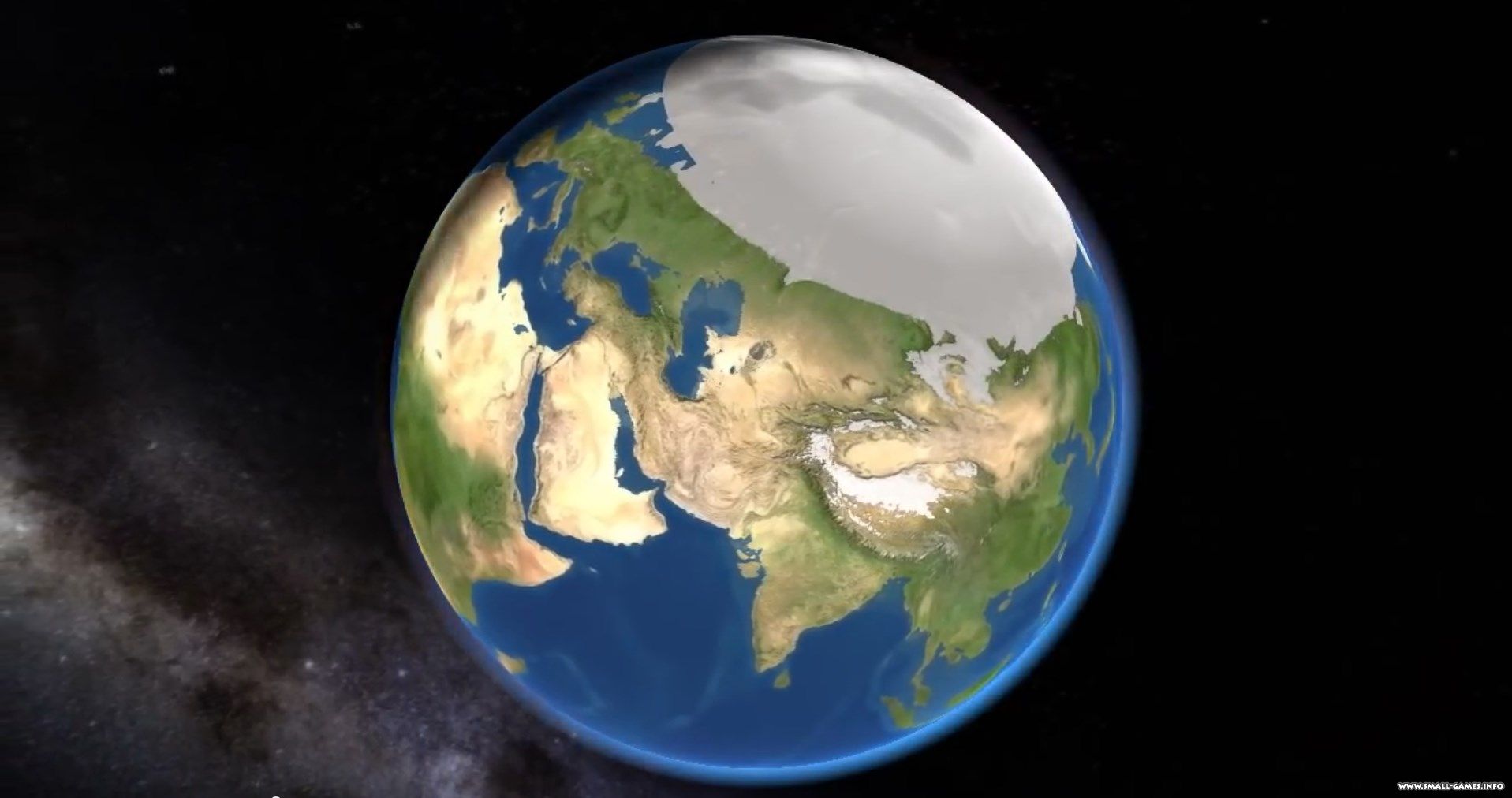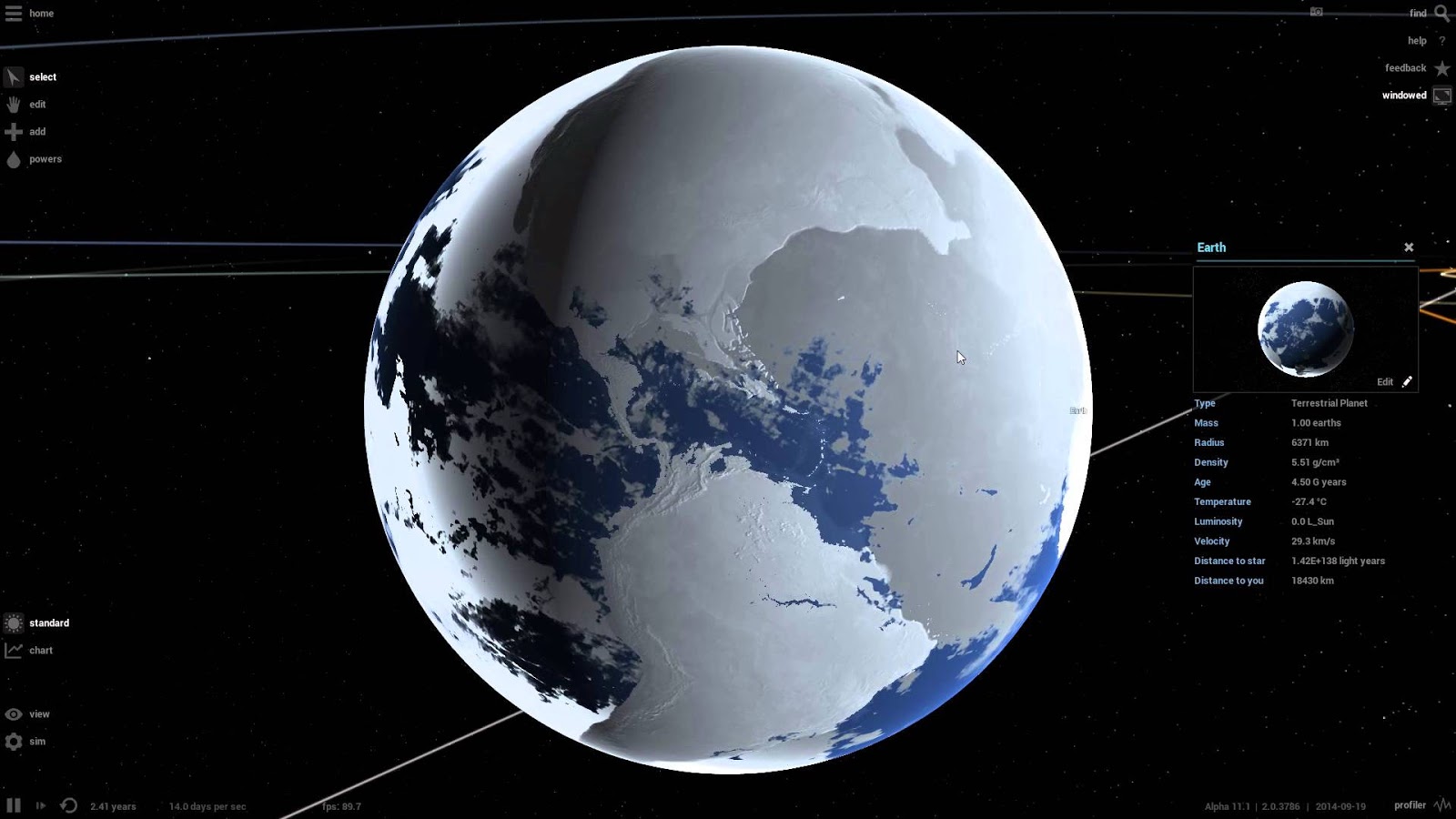

Using physics based space tethers as the idea behind the basic building block, these structures can come in many shapes and sizes. We’re not ready to give away too many details on this yet… but doesn’t “Space Megastructures” sound pretty cool? The answer is yes, they do sound pretty cool, because they are. The green lines are the current, early rendering which will be improved. The Feature No One Knew They Wanted Until They Had ItĪ megastructure around Earth.

This is a very tricky problem with no clear solution, but it’s often requested and we are working toward it. Another component we’ve discussed is atmospheric composition.

We’d also like to improve the interactions between radii and compositions, as the results are sometimes a bit confusing right now. We’ve been discussing ways we can include additional materials to this list. Improved Composition SystemĬurrently we support four materials for a body’s composition: iron, silicate, water, and hydrogen. And along with the improved composition system mentioned below, this will form the groundwork for basic life simulation. This will eventually also factor in elevation, making possible more detailed surface deformation and a lot more. In turn, this will make for much more dynamic visuals. In the example of temperature, this means that collisions can impact values locally, so heat spreads from the impact site rather than just raising the overall temperature. This works by increasing the spatial resolution of data. That is, instead of having one point of data for an object’s property, like temperature, there will now be a 2D grid of data. Planets in Universe Sandbox ² will be visually more detailed and responsive to interactions, all part of a project which we are internally calling “automata.”


 0 kommentar(er)
0 kommentar(er)
